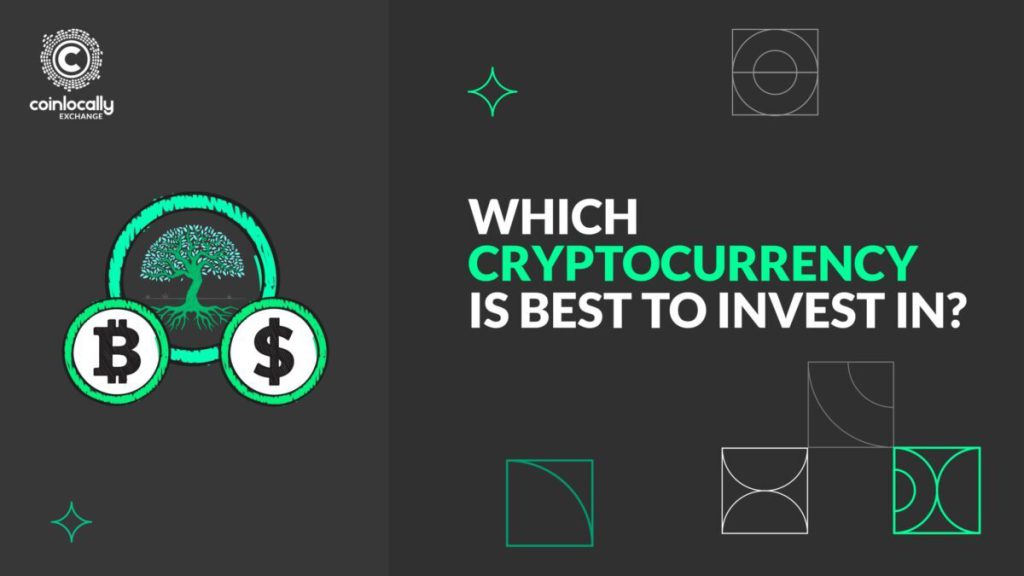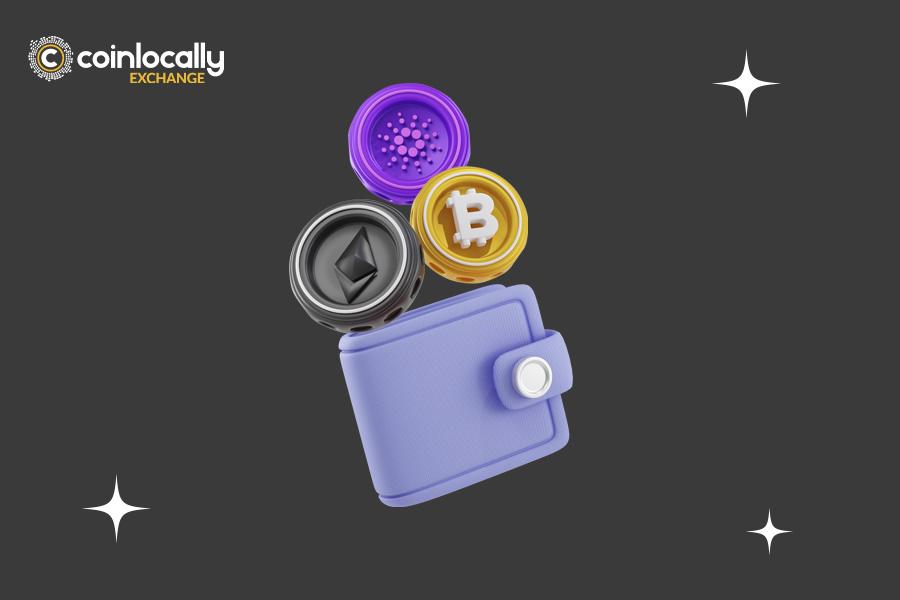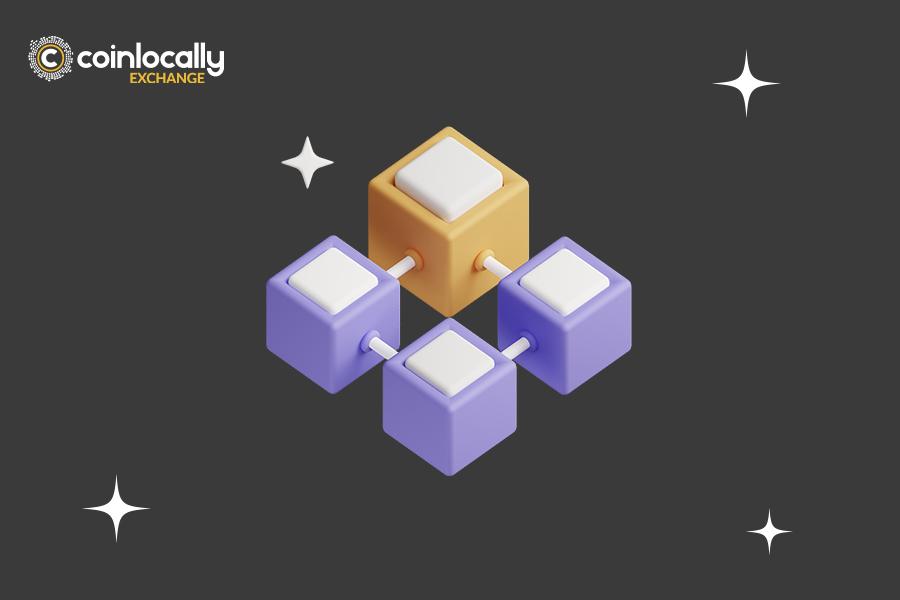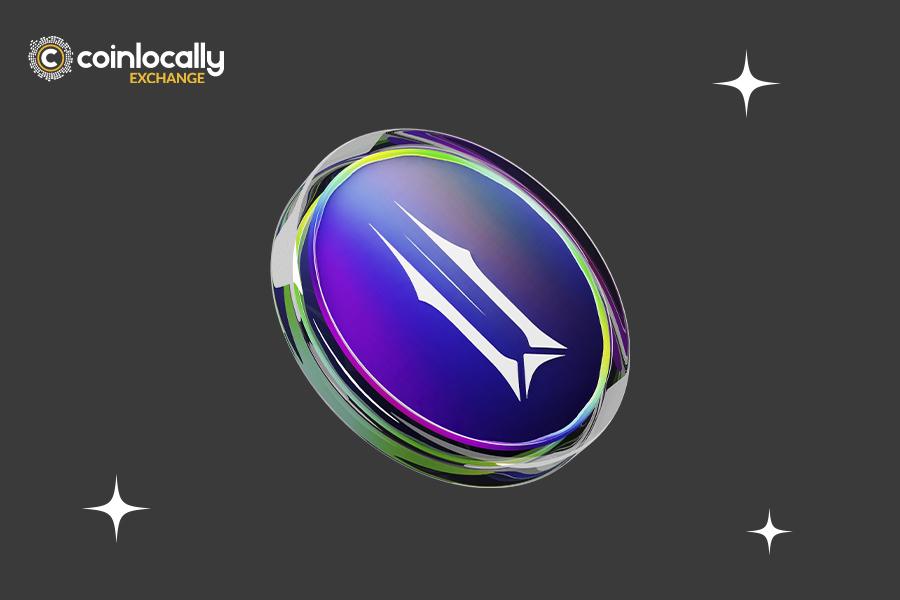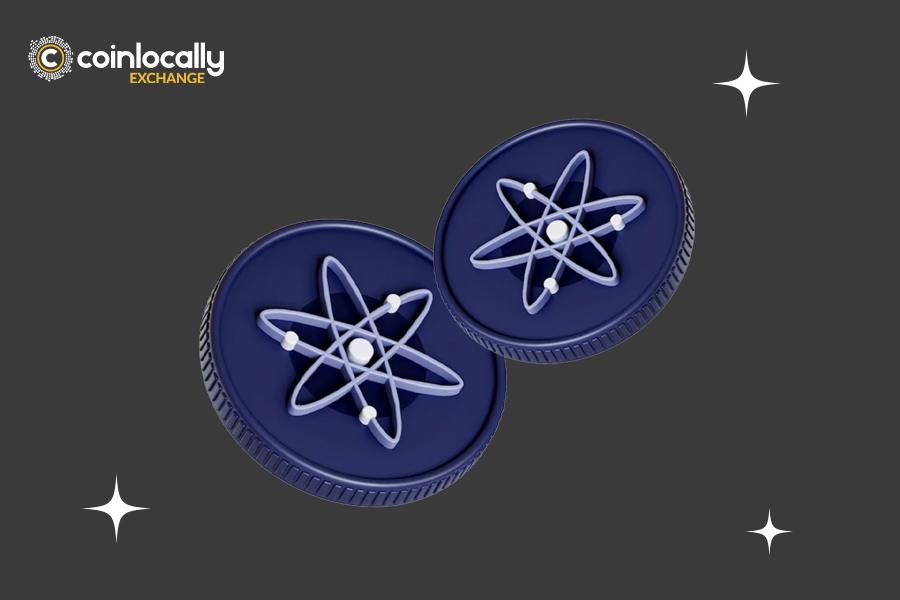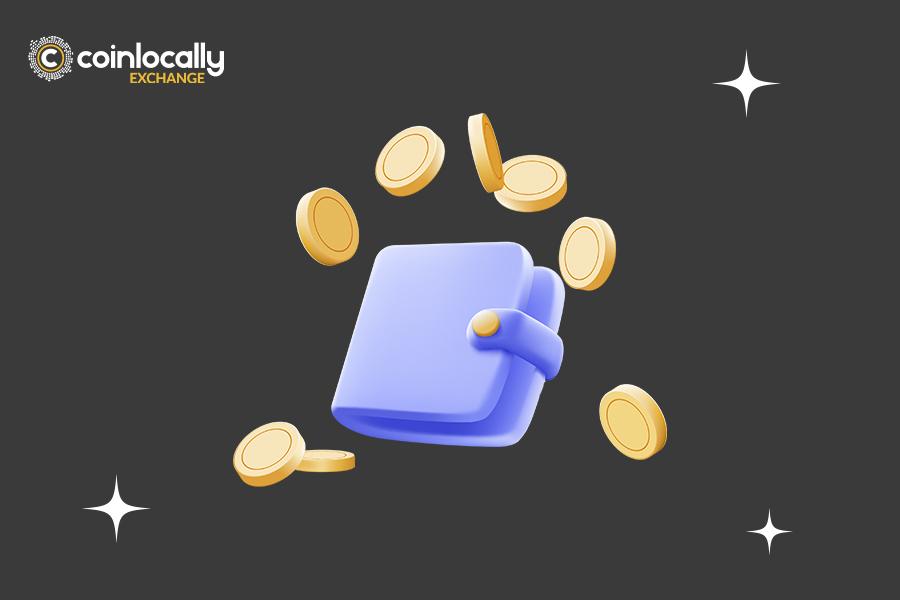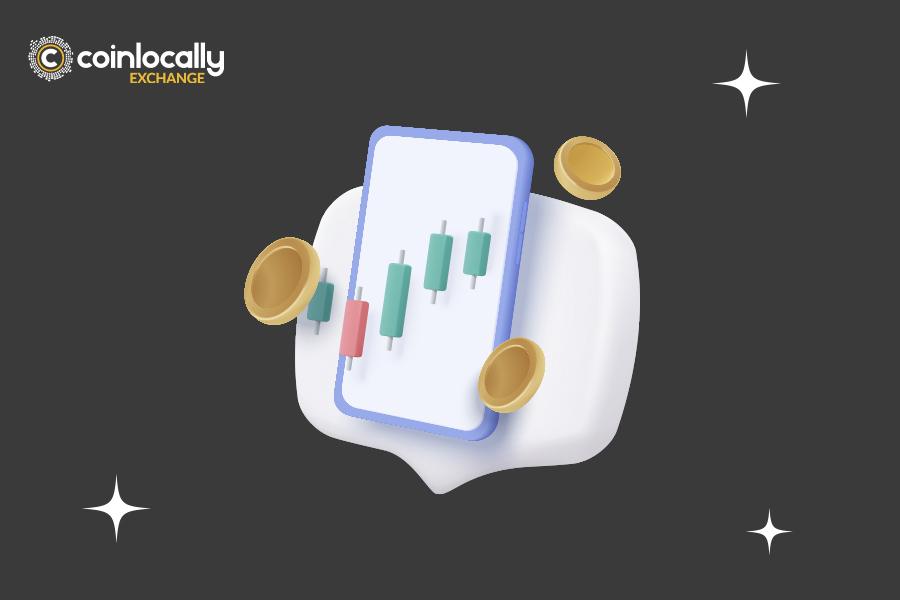Starting out in the world of cryptocurrencies is challenging since there are thousands of different cryptocurrencies, from Bitcoin and Ethereum to Dogecoin and Tether. To help you get started, here are the top 10 cryptocurrencies ranked by market capitalization, which measures the combined value of all coins that are currently in use.
Table of Contents:
• What is cryptocurrency?
• Why are cryptocurrencies important?
What is cryptocurrency?
Cryptocurrency is a particular class of digital asset. Since every trade is completely encrypted, the service’s name alludes to how secure the transactions are. In contrast to conventional currencies, which are managed and regulated by a central body, it is decentralized in nature.
Why are cryptocurrencies important?
Cryptocurrencies are becoming more valuable, and they won’t vanish any time soon. The growth of the blockchain has resulted in the formation of a broad variety of utility cryptocurrencies, despite the fact that the primary purpose of cryptocurrencies was to address the problems with traditional currencies.
 1. Bitcoin (BTC)
1. Bitcoin (BTC)
The first cryptocurrency, Bitcoin (BTC), was created in 2009 by Satoshi Nakamoto. BTC operates on a blockchain, which is a shared ledger that records transactions and is shared among a network of thousands of computers, like the majority of other cryptocurrencies. Bitcoin is maintained secure and protected from fraudsters because updates to the distributed ledgers have to be authenticated by cracking a cryptographic puzzle, a procedure known as proof of work.
The value of Bitcoin has increased as it has grown in popularity. In May 2016, the price of one Bitcoin was approximately $500. On January 24, 2023, the price of one Bitcoin was about $22,859. The growth there is 4,472%.
 2. Ethereum (ETH)
2. Ethereum (ETH)
Ethereum, a blockchain platform and cryptocurrency is a favorite among programmers due to its potential applications, including so-called smart contracts that automatically execute when certain conditions are satisfied and non-fungible tokens (NFTs).
Additionally, Ethereum has grown dramatically. Its price increased 14,598% from around $11 to nearly $1,617 between April 2016 and the end of January 2023.
With its native cryptocurrency token, ether, Ethereum (ETH) is the second-best cryptocurrency to purchase right now.
It is the largest decentralized application (dApps) ecosystem in Web3 and the first blockchain capable of supporting the creation of smart contracts.
Through self-enforcing code, Ethereum enables anybody in the world to write and carry out smart contracts, doing away with the need for middlemen like attorneys or brokers. Because of the smart contracts and actual market value, it is particularly well-liked by crypto aficionados.
Due to its status as the principal medium of exchange for 2000 distinct blockchain projects, ETH can also be utilized as a store of value or as an investment in the future of decentralized applications.
Ethereum has risen to become the second-largest cryptocurrency by market capitalization since its introduction in 2015.
Being the first Turing complete blockchain, the first network to support decentralized autonomous organizations (DAOs), and the first network to facilitate open-access dApps on the blockchain, this is a testament to its innovative approach.
 3. Tether (USDT)
3. Tether (USDT)
Tether (USDT), in contrast to certain other types of cryptocurrency, is a stablecoin, which means it is backed by fiat currencies like U.S. dollars and euros and essentially maintains a value equal to one of those denominations.
Theoretically, this implies that Tether’s value should be more stable than other cryptocurrencies, and it is. Because Tether’s value is predicted to be more stable than that of other cryptocurrencies, investors who are afraid of the extreme volatility of other coins prefer it as a result.
 4. Binance Coin (BNB)
4. Binance Coin (BNB)
One of the major cryptocurrency exchanges in the world, Binance, accepts payments in the form of Binance Coin (BNB), a type of cryptocurrency. Since its release in 2017, Binance Coin has progressed, and it now performs more functions than only allowing transactions on Binance’s exchange platform.
It is used for trading, processing payments, and even making travel arrangements. It can also be converted into or exchanged for different cryptocurrencies like Ethereum or Bitcoin.
In 2017, BNB cost only $0.10. Its price has increased to roughly $314 by the end of January 2023, a gain of 313,558%.
![]() 5. XRP (XRP)
5. XRP (XRP)
In 2021, the decentralized, open-source XRP Ledger (XRPL) was released. The XRP Ledger has advantages including low transaction costs ($0.0002 on average), rapid settlement times (3-5 seconds), scalability (1,500 transactions per second), and inherently environmentally friendly features (carbon-neutral and energy-efficient).
The XRP Ledger technology also includes the initial decentralized exchange (DEX) and special tokenization features.
The cryptocurrency XRP is stored on the XRP Ledger, a blockchain developed by Jed McCaleb, Arthur Britto, and David Schwartz. Later, McCaleb and Britto established the XRP-based network transaction speedster Ripple.
As a form of investment, a cryptocurrency to trade for other cryptocurrencies, or a means of funding transactions on the Ripple network, you can purchase XRP.
Notably, XRP’s blockchain functions a little bit differently than the majority of other cryptocurrencies. Other cryptocurrencies let anyone who can quickly solve difficult equations access to their transaction ledgers and verification procedures. However, it is secure since most ledger owners must agree to the verification before a transaction can be added.
 6. Binance USD (BUSD)
6. Binance USD (BUSD)
StablecoinBinance USD (BUSD) is priced in US dollars. Binance and Paxos together launched the BUSD token, which has a market value tied to one US dollar.
Binance USD was introduced in 2019 by Binance and Paxos as a 1:1 USD-backed stablecoin. The Binance USD stablecoin is issued by Paxos, a blockchain infrastructure platform, and Binance is a well-known cryptocurrency exchange.
The fair market value of one BUSD is intended to follow the stability of one US dollar, just as many other stablecoins. BUSD is a 1:1 USD-denominated stablecoin. The digital fiat money known as BUSD is distributed as an ERC-20 token.
BUSD is fully supported by reserves kept in one or both I fiat cash in specialized omnibus accounts at insured U.S. banks1 and/or (ii) U.S. Treasury bills (including through repurchase agreements and/or money-market funds investing in U.S. Treasury bills), according to Paxos.
There are a large number of reputable cryptocurrency exchanges where you may buy BUSD.
Like many other stablecoins, the fair market value of one BUSD is meant to mirror the stability of one US dollar. BUSD is a stablecoin with a 1:1 USD exchange rate. BUSD is a type of ERC-20 token that is used to distribute digital fiat currency.
According to Paxos, the BUSD is entirely backed by reserves held in either I fiat currency in specialized omnibus accounts at insured U.S. banks1 or (ii) U.S. Treasury bills (including through repurchase agreements and/or money-market funds investing in U.S. Treasury bills).
You may purchase BUSD on a sizable number of trustworthy cryptocurrency exchanges.
 7. Cardano (ADA)
7. Cardano (ADA)
The token that drives the Cardano network is called ADA, and Cardano is a blockchain.
Consider Bitcoin to be Crypto 1.0. It is essentially digital gold, but there are scalability problems with the technology. Then there is Ethereum, also known as “Crypto 2.0.”
Cardano, a version 3.0 of Crypto, was introduced in 2017 with the intention of enhancing the capabilities that Ethereum initially lacked.
As a result, a wide range of decentralized banking apps, new crypto coins, games, and more will be possible. However, as of March 2021, developers have not yet released smart-contract capability.
With the release of smart-contract functionalities in the second quarter of 2021, Cardano will get one step closer to its objective of giving developers a blockchain platform that is strong, secure, scalable, and extremely energy-efficient.
Similar to how the native cryptocurrency of the Ethereum blockchain is ETH, the native cryptocurrency of the Cardano blockchain is ADA, which can be bought or sold on exchanges like Coinbase.
Today, ADA can be used to transmit and receive payments, store value (perhaps as part of your investment portfolio), stake coins, and pay transaction fees on the Cardano network.
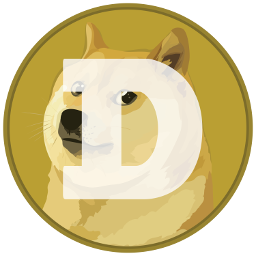 8. Dogecoin (DOGE)
8. Dogecoin (DOGE)
A peer-to-peer, open-source cryptocurrency called Dogecoin (DOGE) is used for making and receiving digital payments that are processed through the Dogecoin blockchain network.
Software developers Jackson Palmer and Billy Markus created Dogecoin, which went live as a decentralized cryptocurrency for quick payments in December 2013.
As a hard fork of the now-inactive Luckycoin, a fork of Litecoin, Dogecoin was first developed (LTC). As a result, Dogecoin entered the cryptocurrency market as a fork of a fork (of a fork) and gained a reputation as a “joke coin,” a moniker that its loyal community gladly embraced.
Without a CEO or other prominent figure at the helm, Dogecoin is primarily driven by its ardent supporters who have remained devoted throughout time.
Dogecoin’s code is inadvertently derived from that of Bitcoin, the original cryptocurrency. More specifically, it was developed as a hard fork of the Litecoin-based Luckycoin, which is no longer in existence (LTC).
When Litecoin split from Bitcoin, it became regarded as the first hard fork ever to be produced. Dogecoin and Litecoin both use Scrypt-based consensus mechanisms, which is how DOGE and BTC and their “derivatives” share many features.
The Proof-of-Work (POW) algorithm employed by Dogecoin uses Scrypt, which precludes miners from employing ASICs, the specialized hardware used in Bitcoin mining.
Similar to Bitcoin, Dogecoin blockchain users use their computational capacity to secure the network, support block generation, and validate transactions.
Dogecoin is different from Bitcoin in that it features a “light” architecture that enables DOGE to perform transactions more quickly.
The computing power utilized by network users to create new blocks and verify transactions by resolving mathematical equations can be used to mine Dogecoin.
 9. Polygon (MATIC)
9. Polygon (MATIC)
A scaling solution called Polygon, originally known as the Matic Network, intends to offer a variety of tools to increase the speed, lower the cost, and simplify transactions on blockchain networks.
Ethereum, a platform that is home to a variety of decentralized applications, including those where you may join virtual worlds, play games, purchase art, and partake in a range of financial activities, lies at the heart of Polygon’s concept.
However, because to the high cost of transmission and blocked bandwidth caused by this much activity on its blockchain, Ethereum is now all but useless.
With the use of numerous sidechains, Polygon is a multi-level platform that intends to scale Ethereum by unclogging the main platform in an efficient and effective way.
If you’re not familiar, sidechains are distinct blockchains connected to the main Ethereum blockchain that successfully handle many of the Decentralized Finance (DeFi) protocols that Ethereum has to offer.
 10. Solana (SOL)
10. Solana (SOL)
Another best cryptocurrency to invest in right now is Solana. It is a layer-1 blockchain that offers next-generation distributed ledger technology performance levels by combining a number of consensus processes.
Block finality is made possible in milliseconds by the proof-of-stake and proof-of-history consensus procedures.
Although smart contracts on Solana employ a different programming language than those on the Ethereum Virtual Machine, it can nevertheless facilitate the creation of dApps. Rust is used by Solana instead of Solidity, allowing for the deployment of more sophisticated apps on the blockchain.
As it seeks to support millions of users throughout its network of dApps, SOL may eventually rank among the top 10 cryptocurrencies by market capitalization.
Users of SOL gain from quick transaction speeds, almost no fees, and a wide range of useful applications thanks to Rust’s sophisticated programming capabilities.
Take away
Although short-term cryptocurrency trading is not a bad idea, HODLing is a preferable option because it enables investors to maximize their return on investment. Over 21,000 cryptocurrencies make selecting the best one to invest in a mammoth process that can be overwhelming. You’ve had things made simpler for you by this market analysis. Three cryptocurrency projects—Dash2Trade, IMPT, and Tamadoge—have special real-world uses and the potential for large long-term gains.
